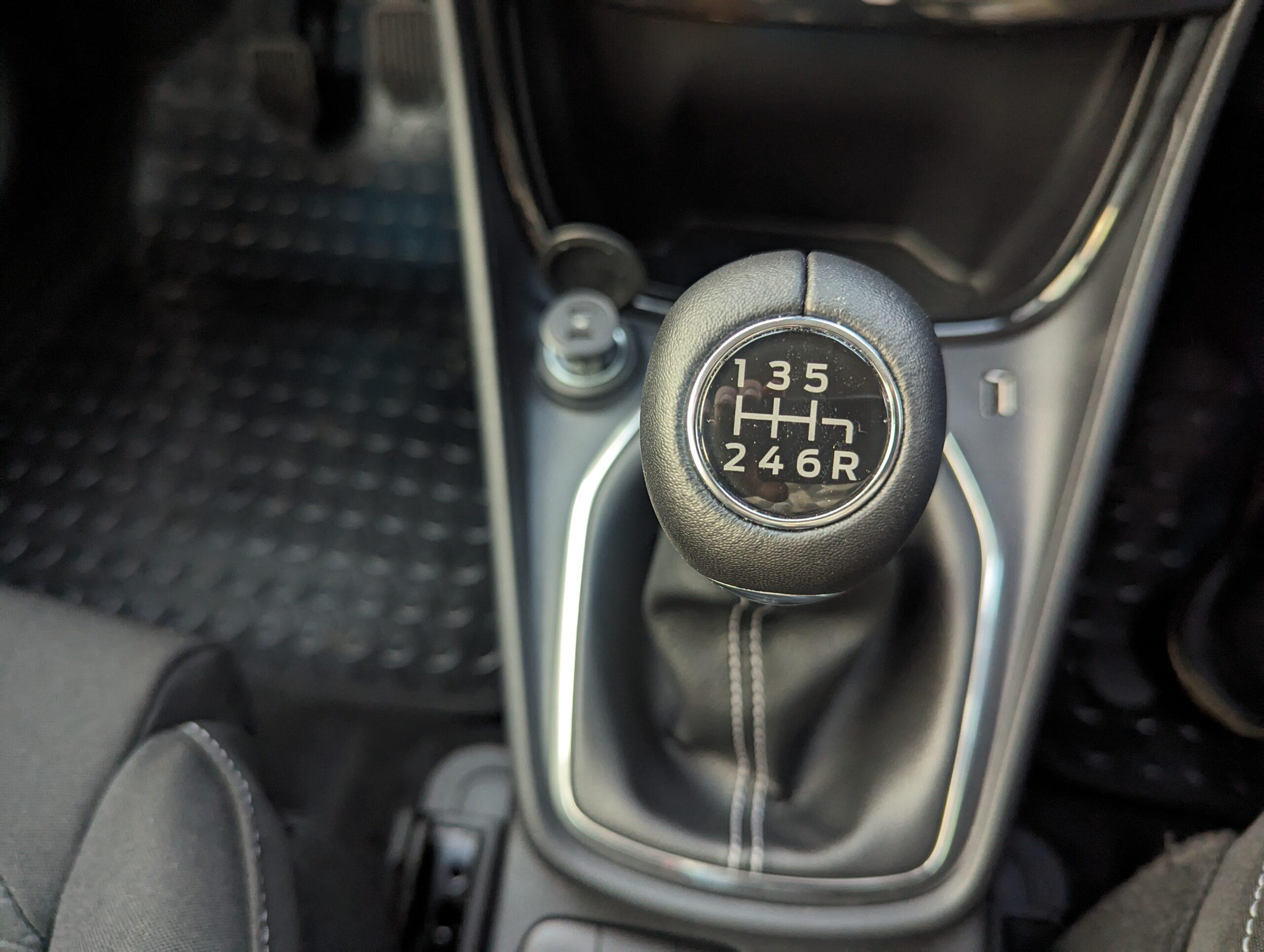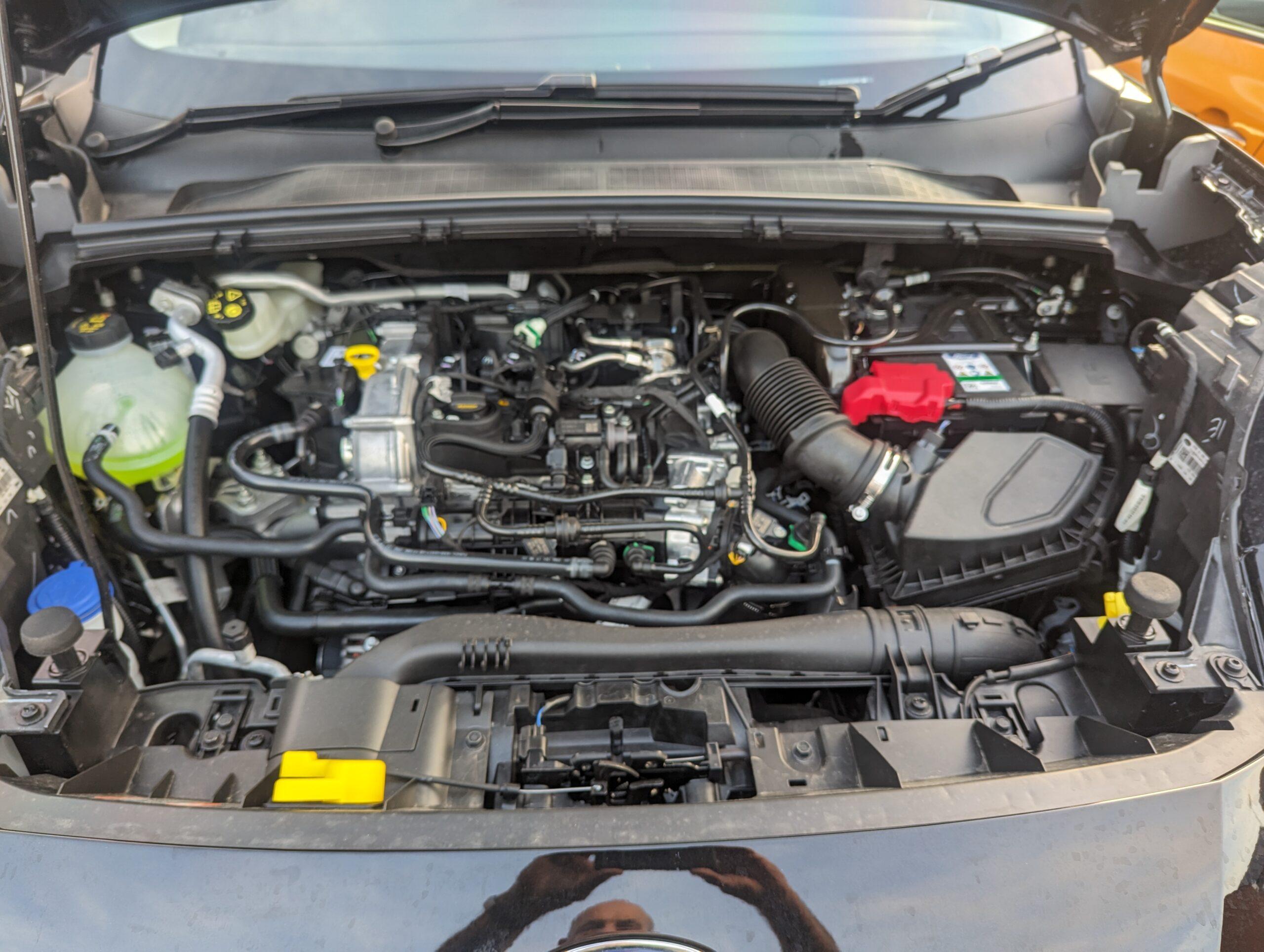Using speed effectively while driving involves understanding and applying principles that ensure safety, fuel efficiency, and adherence to traffic laws. Here are some guidelines for how to use speed appropriately:
1. Observe Speed Limits
- Legal Compliance: Always adhere to posted speed limits. They are set based on road conditions, traffic, and safety considerations.
- Adjust for Conditions: Drive slower in adverse conditions like rain, snow, fog, or heavy traffic, even if the speed limit allows for higher speeds.
2. Maintain a Consistent Speed
- Steady Speed: On highways and open roads, maintain a consistent speed using cruise control when appropriate. This helps in reducing fuel consumption and stress on the engine.
- Avoid Rapid Changes: Sudden acceleration and deceleration waste fuel and increase wear and tear on the vehicle.
3. Use Appropriate Speed for Different Areas
- Residential Areas: Reduce speed in residential areas, school zones, and places with high pedestrian activity to increase reaction time and ensure safety.
- Highways: While it’s safe to drive at higher speeds on highways, ensure it is within the legal limits and appropriate for traffic conditions.
4. Anticipate Road and Traffic Conditions
- Look Ahead: Anticipate traffic lights, stop signs, and slow-moving traffic to adjust speed in advance, avoiding the need for sudden stops.
- Plan for Hills: When approaching hills, adjust your speed beforehand. Accelerate slightly before an uphill to avoid strain and decelerate slightly before a downhill to avoid excessive speed.
5. Adjust Speed for Curves and Turns
- Slow Down Before Curves: Reduce speed before entering a curve or turn. Entering at a lower speed ensures better control and safety.
- Accelerate Out of Turns: Gradually increase speed as you exit the turn and the road straightens out.
6. Safe Following Distance
- Two-Second Rule: Maintain a minimum following distance of two seconds from the vehicle ahead in good conditions. Increase this distance in poor conditions.
- Space Bubble: Create a buffer zone around your vehicle to give yourself room to react to sudden stops or changes in traffic flow.
7. Speed and Fuel Efficiency
- Optimal Speed Range: Most vehicles achieve optimal fuel efficiency at speeds between 50 and 65 mph (80 to 105 km/h). Driving much above this range can significantly reduce fuel economy.
- Avoid Idling: Turn off the engine if you expect to be stopped for more than a minute. Modern vehicles do not need extensive idling to warm up.
8. Speed and Vehicle Maintenance
- Tyre Pressure: Ensure your tyres are properly inflated. Incorrect tyre pressure can affect handling and fuel efficiency.
- Regular Maintenance: Keep up with regular vehicle maintenance to ensure it runs efficiently at all speeds.
9. Eco-Driving Techniques
- Gradual Acceleration: Accelerate gently and avoid rapid acceleration to save fuel.
- Coasting: When approaching a stop or a downhill slope, ease off the accelerator and let the vehicle slow down naturally using engine braking.
Practical Tips for Using Speed
- Monitor Speed: Regularly check your speedometer to ensure you are driving within the speed limit and appropriate for conditions.
- Use Technology: Utilize cruise control on highways to maintain a steady speed and reduce fatigue.
- Stay Alert: Be aware of changing speed limits, especially in construction zones and school areas.
By using speed appropriately, you can enhance your driving safety, improve fuel efficiency, and reduce wear and tear on your vehicle.


